High-Volume, Low-Speed (HVLS) ceiling fans are a game-changer in improving air circulation across large spaces. Unlike traditional high-speed fans, HVLS fans move a massive amount of air at a slow speed, creating a comfortable and consistent airflow. This makes them an energy-efficient and cost-effective solution for various industries, including warehouses, manufacturing plants, commercial spaces, and agricultural facilities.
One of the primary areas where HVLS ceiling fans are widely used is industrial and commercial buildings. In large warehouses and manufacturing facilities, these fans help regulate temperature, reduce humidity, and enhance worker comfort, ultimately boosting productivity. Similarly, in shopping malls, airports, and event halls, they create a pleasant environment by distributing air evenly and reducing the need for excessive air conditioning.
HVLS fans are also highly effective in agricultural and livestock facilities, where maintaining proper ventilation is crucial for animal health. They help prevent heat stress in dairy farms, poultry houses, and greenhouses by providing steady air circulation. Additionally, in sports arenas, fitness centers, and educational institutions, these fans contribute to better air quality, ensuring a comfortable experience for everyone inside the facility. Whether for energy savings, climate control, or comfort enhancement, HVLS ceiling fans are an essential investment for any large-scale space.
What Are HVLS Ceiling Fans and How Do They Work?
Imagine stepping into a massive warehouse or a bustling shopping mall on a hot summer day. You expect a cool, comfortable breeze, but instead, the air feels stagnant and heavy. This is where High-Volume, Low-Speed (HVLS) ceiling fans come to the rescue! Unlike small, high-speed fans that create choppy, localized airflow, HVLS fans are designed to move an enormous volume of air gently and evenly across a large area. With blades ranging from 7 to 24 feet in diameter, these fans create a slow-moving yet powerful airflow that makes spaces feel significantly cooler and more comfortable.
So, how do they work? The secret lies in their large blades and low rotational speed. Instead of whipping the air aggressively like traditional fans, HVLS fans turn slowly but move vast amounts of air in a smooth, continuous motion. This airflow pattern, known as horizontal floor jet circulation, pushes air down and outward, covering an expansive area with a refreshing breeze. By keeping air in motion, these fans also help regulate temperature, balance humidity, and even reduce energy costs by working alongside HVAC systems.
But the benefits don’t stop at comfort. HVLS fans are a game-changer for warehouses, gyms, barns, and even outdoor patios, preventing heat stress, eliminating condensation, and improving air quality. They create an environment where workers stay productive, animals remain healthy, and customers enjoy a more pleasant experience. Whether you're managing a massive facility or looking to enhance comfort in a public space, HVLS fans offer an efficient and cost-effective solution that transforms the way we experience airflow.
Industrial Applications of HVLS Ceiling Fans
In large industrial spaces where heat buildup, poor air circulation, and energy costs can become serious challenges, High-Volume, Low-Speed (HVLS) ceiling fans provide an efficient and cost-effective solution. These massive fans are designed to create a steady, even airflow, improving worker comfort and optimizing environmental conditions. From manufacturing plants to massive storage facilities, HVLS fans help control temperature, reduce condensation, and enhance overall air quality, making industrial operations more efficient and comfortable.
Common Industrial Applications of HVLS Ceiling Fans
- Warehouses & Distribution Centers – Keeps stored goods at stable temperatures while ensuring workers stay cool and productive.
- Manufacturing Facilities – Reduces heat stress for employees, controls humidity, and enhances ventilation in high-heat production areas.
- Automotive Plants – Prevents overheating in assembly lines, improving both worker performance and equipment efficiency.
- Food Processing Plants – Maintains proper airflow to comply with hygiene regulations and reduce moisture buildup.
- Aircraft Hangars – Improves air circulation in vast spaces, reducing condensation and preventing damage to aircraft.
- Agricultural Facilities – Keeps livestock cool and prevents stagnant air, reducing the risk of respiratory issues in animals.
- Textile & Fabric Factories – Controls humidity to protect raw materials and enhance production efficiency.
With their ability to move massive volumes of air while consuming minimal energy, HVLS fans have become an essential tool for industrial facilities aiming to improve workplace conditions and energy efficiency. Unlike conventional cooling systems that come with high operational costs, these fans create a natural ventilation effect, ensuring better airflow without overloading HVAC systems. By investing in HVLS ceiling fans, industries not only enhance worker well-being but also create a more sustainable and cost-effective working environment.
HVLS Fans in Warehouses and Distribution Centers
Step into a busy warehouse or distribution center, and you’ll immediately feel the challenge—heat, stagnant air, and a lack of ventilation can turn these massive spaces into uncomfortable environments for workers and stored goods alike. This is where High-Volume, Low-Speed (HVLS) fans come into play. Unlike traditional fans that create intense but limited airflow, HVLS fans gently push a large volume of air, ensuring even distribution throughout the entire facility. The result? A cooler, more breathable atmosphere that enhances both worker comfort and operational efficiency.
Warehouses and distribution centers operate around the clock, often filled with heavy machinery, high-rack storage, and large loading docks where hot air gets trapped. In summer, temperatures can skyrocket, leading to heat stress among employees, while in colder months, heat tends to rise, leaving ground-level workers shivering. HVLS fans solve both problems by balancing air temperature—cooling in the summer and redistributing trapped heat in the winter. This not only improves working conditions but also reduces energy costs by decreasing reliance on heating and cooling systems.
Beyond employee well-being, these fans also protect inventory. Stored goods, especially in climate-sensitive industries like food, pharmaceuticals, and electronics, require stable temperatures and proper airflow to prevent moisture buildup and damage. HVLS fans help regulate humidity and minimize condensation, ensuring that products remain in top condition. For any warehouse or distribution center looking to boost productivity, enhance energy efficiency, and create a safer, healthier environment, HVLS fans are an essential investment.
Outdoor Areas and HVLS Ceiling Fan Applications
Spending time outdoors should be a relaxing and enjoyable experience, but when the air is heavy, hot, and still, it can quickly become uncomfortable. Whether it's a restaurant patio, an open-air event venue, or a covered sports facility, proper airflow is essential for keeping guests, employees, and customers cool. This is where High-Volume, Low-Speed (HVLS) ceiling fans shine. Designed to move a massive amount of air at a gentle, consistent pace, these fans create a refreshing breeze that makes outdoor spaces far more inviting, even on the hottest days.
Unlike traditional fans that struggle against outdoor conditions, HVLS fans are engineered to withstand humidity, dust, and fluctuating weather conditions while maintaining powerful air circulation. In restaurant patios and beer gardens, they keep customers comfortable and prevent stagnant air, reducing the reliance on costly misting systems or excessive air conditioning. At amusement parks, stadiums, and outdoor pavilions, they create a steady airflow that enhances the overall guest experience, making outdoor gatherings more enjoyable. They’re also ideal for agricultural settings, helping to cool livestock and minimize heat-related stress.
But the benefits of HVLS fans extend beyond just cooling. By improving air movement, they also help keep bugs at bay, reduce odors, and prevent condensation buildup, which is particularly useful in areas like barns, warehouses with open bays, and outdoor gym facilities. Their energy efficiency makes them a smart investment for businesses looking to improve comfort without skyrocketing utility costs. Whether it’s for relaxation, work, or play, HVLS fans transform outdoor environments into cooler, more livable spaces, no matter the season.

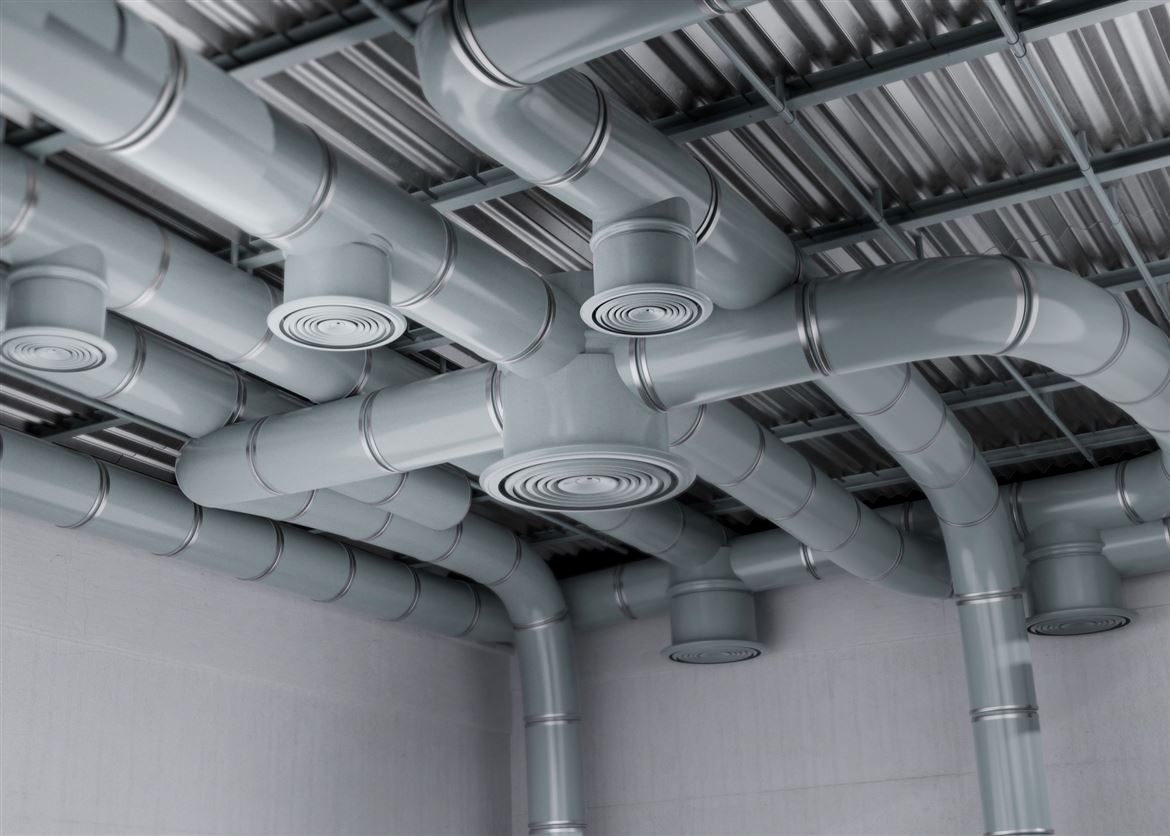
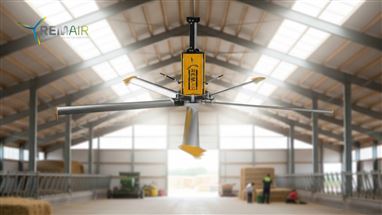
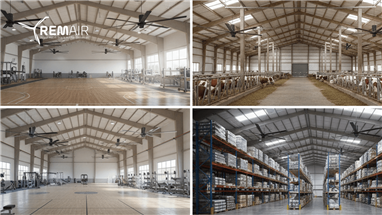
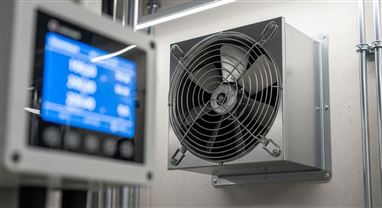

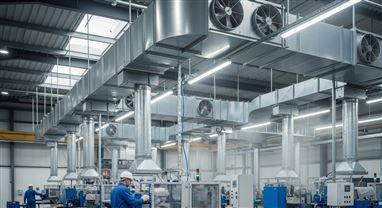
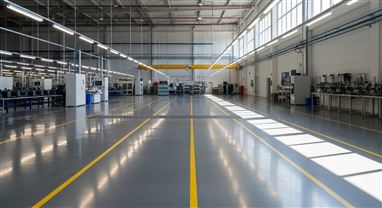

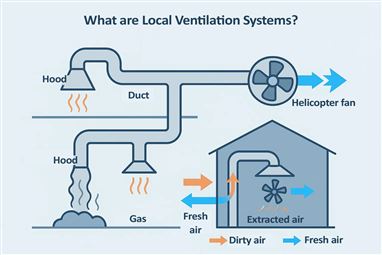

Leave a Comment